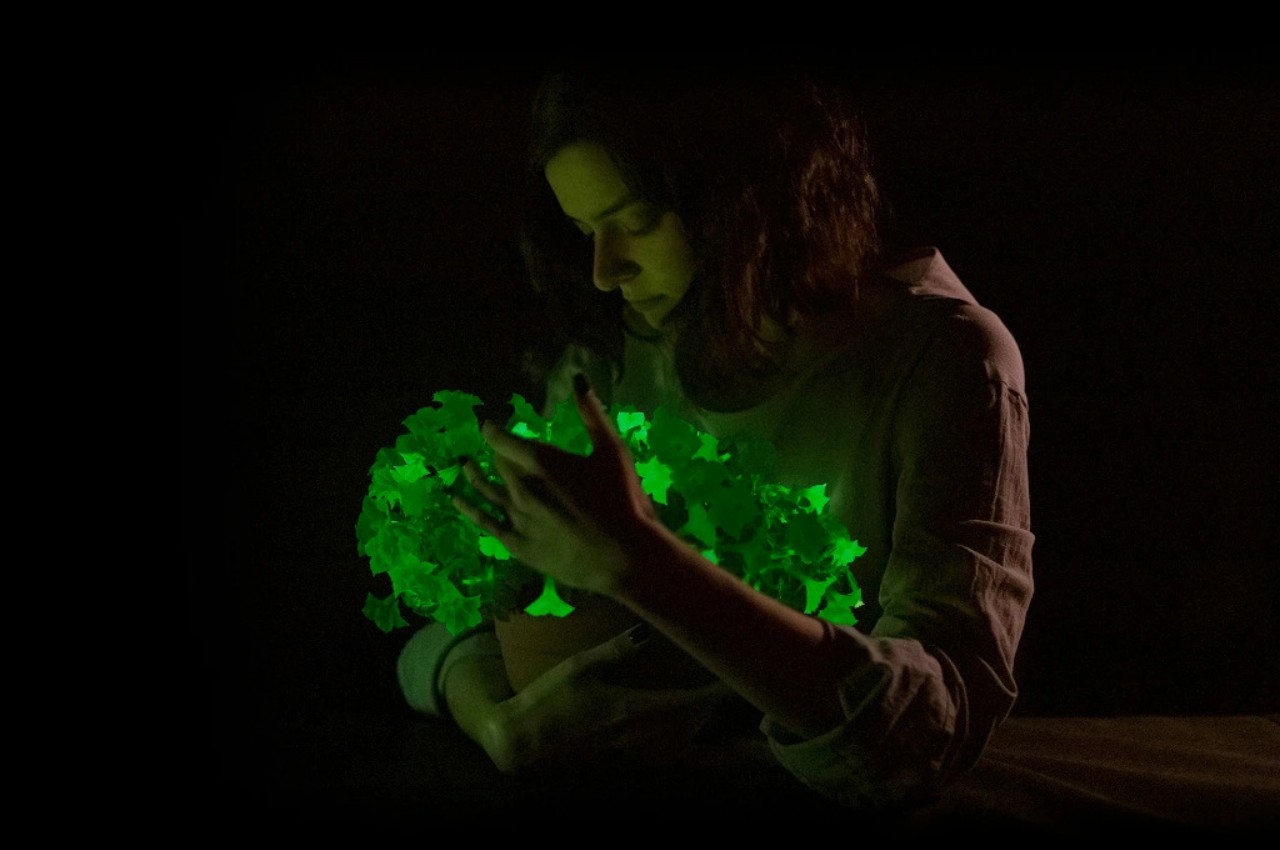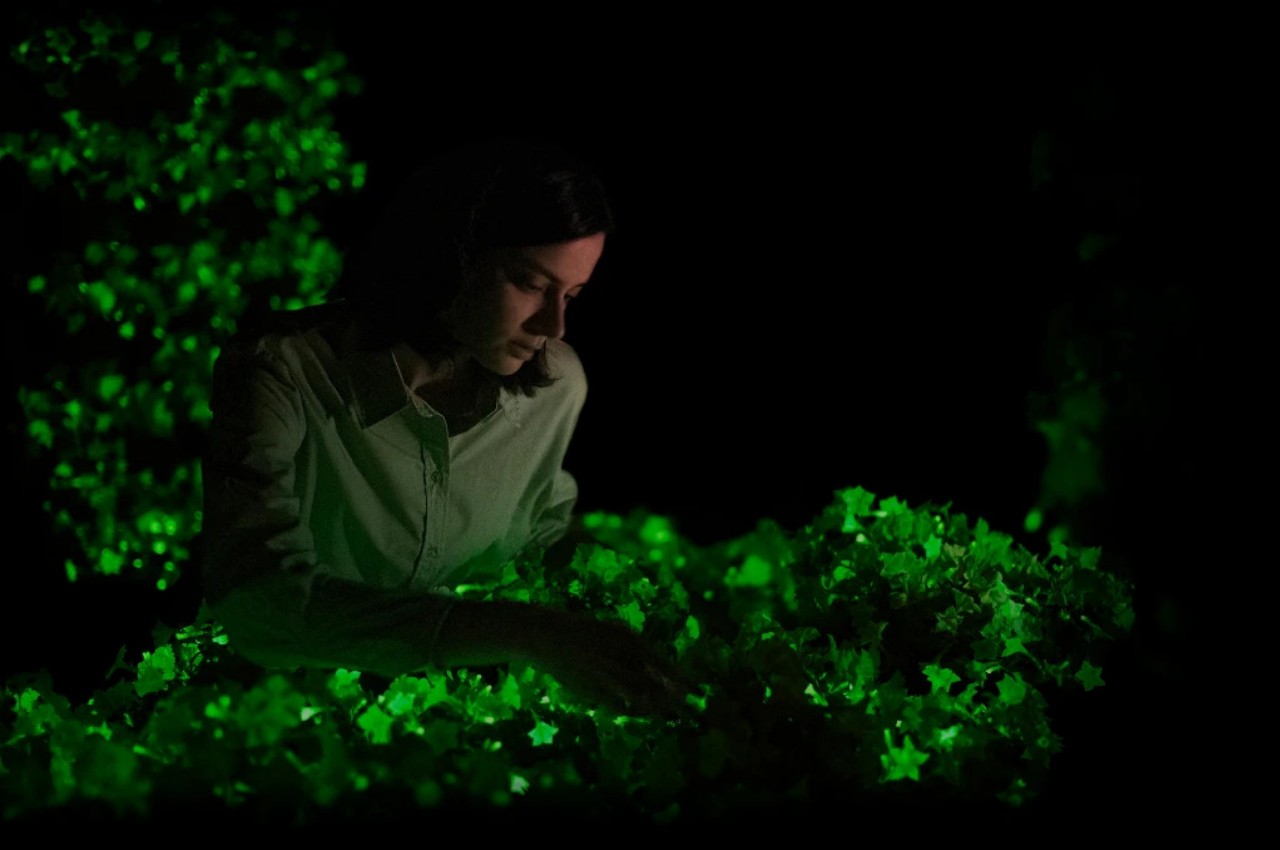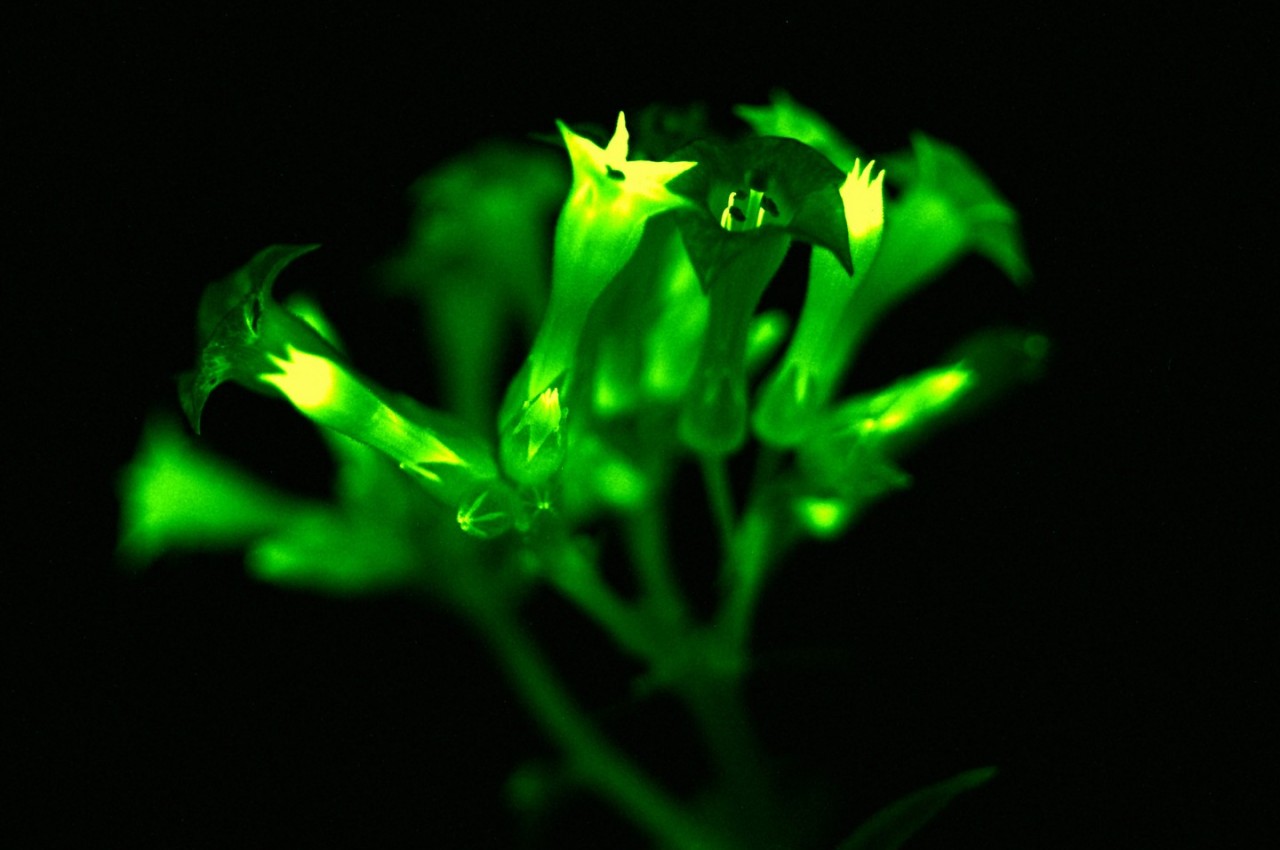On Monday, April 8, a total solar eclipse will be visible across a swath of North America, from Mexico’s Pacific coast to the easternmost reaches of Canada. And in those few minutes of daytime darkness, all sorts of interesting phenomena are known to occur — phenomena NASA would like our help measuring.
During a total solar eclipse, temperatures may drop and winds may slow down or change their course. Animals have been observed to behave unusually — you might hear crickets start their evening chatter a few hours early. Even radio communications can be disrupted due to changes in the ionosphere while the sun’s light is blocked. And, the sun’s corona — its outermost atmosphere — will come into view, presenting scientists (and those of us helping them) with a rare opportunity to study this layer that’s normally invisible to the naked eye.
NASA has lots of research efforts planned for the eclipse, and has sponsored a handful of citizen science campaigns that anyone can take part in if they’re in or near the path of totality, or the areas where people on the ground can watch the sun become completely obscured by the moon. The path of totality crosses 13 US states, including parts of Texas, Oklahoma, Arkansas, Missouri, Illinois, Kentucky, Indiana, Ohio, Pennsylvania, New York, Vermont, New Hampshire and Maine. It’s an event of some significance; the next time a total solar eclipse passes over that much of the contiguous US won’t be until 2045.
All you’ll need to join in is equipment you already own, like a smartphone, and a few minutes set aside before the eclipse to go through the training materials.
Help measure the shape of the sun
One such citizen science project is SunSketcher, a concerted effort to measure the true shape of the sun. While the sun is closer to being a perfect sphere than other celestial bodies that have been observed, it’s still technically an oblate spheroid, being a smidge wider along its equator. The SunSketcher team plans to get a more precise measurement by crowd-sourcing observations of Baily's Beads, or the little spots of sunlight that peek out from behind the moon at certain points in the eclipse.
The Baily’s Bead effect is “the last piece of the sun seen before totality and the first to appear after totality,” NASA explained in a blog post. “For a few seconds, these glimmers of light look like beads along the moon’s edge.” They’re visible thanks to the uneven topographical features on the lunar surface.
You’ll need to download the free SunSketcher app, which is available for iOS and Android on the App Store and Google Play Store. Then, a few minutes before totality (the exact time is location-dependent), put your phone on Do Not Disturb, hit “Start” in the app and prop up the phone in a place where it has a good view of the sun. After that, leave it be until the eclipse is over — the app will automatically take pictures of Baily’s Beads as they show up.
There’s a tutorial on the SunSketcher website if you want to familiarize yourself with the process beforehand. When it’s all said and done, the pictures will be uploaded to SunSketcher’s server. They’ll eventually be combined with observations from all over to “create an evolving pattern of beads” that may be able to shed better light on the size and shape of the sun.
The SunSketcher images probably won’t blow you away, so if you’re hoping to get some great pictures of the eclipse, you’ll want to have another camera on hand for that (with the appropriate filters to protect your eyes and the device’s sensors).
Record changes in your surroundings
Eclipse-watchers can also use their smartphones to record the environmental changes that take place when the sun dips behind the moon as part of a challenge run by Global Learning and Observations to Benefit the Environment (Globe). You’ll need an air temperature thermometer as well for this task, and can start logging observations in the days before the eclipse if you feel like being extra thorough.
Temperatures at the surface can, in some cases, drop as much as 10 degrees Fahrenheit during a total solar eclipse, according to NASA. And certain types of clouds have been observed to dissipate during these brief cooldowns, resulting in unexpectedly clear skies in the moments before totality. Data collected with the help of citizen scientists during the 2017 total solar eclipse showed that areas with heavier cloud cover experienced a less extreme drop in surface temperatures.
To participate this time around, download the Globe Observer app from the App Store or Google Play Store, and then open the Globe Eclipse tool from the in-app menu. There, you’ll be able to jot down your temperature measurements and take photos of the sky to record any changes in cloud cover, and make notes about the wind conditions. Plan to dedicate a few hours to this one — NASA asks that you include observations from 1-2 hours before and after the eclipse in addition to what you’ll record during. “You will measure temperature every 5-10 minutes and clouds every 15-30 minutes or whenever you see change,” NASA says.
You can keep using the Globe Observer app for citizen science beyond eclipse day, too. There are programs running all year round for recording observations of things like clouds, land use, mosquito habitats and tree heights. The eclipse tool, though, is only available when there’s an eclipse happening.
Listen to the sounds of wildlife
Observations going back nearly 100 years have added support to the idea that total solar eclipses temporarily throw some animals out of whack. Inspired by a 1935 study that gathered observations on animal behavior during an eclipse three years prior, the Eclipse Soundscapes Project is inviting members of the public to take note of what they hear before, during and after totality, and share their findings.
To be an Observer for the project, it’s recommended that you first sign up on the website and go through the brief training materials so you can get a sense of what type of information the project is looking for. The website also has printable field notes pages you can use to record your observations on eclipse day. You should start taking notes down at least 10 minutes before totality. Only after the eclipse is over will you need to fill out the webform to submit your observations along with your latitude and longitude.
If you happen to have an AudioMoth acoustic monitoring device and a spare microSD card lying around, you can go a step further and record the actual sounds of the environment during the eclipse as a Data Collector. You’ll need to set everything up early — the project says to do it on Saturday, April 6 before noon — and let it record until at least 5PM local time on April 10. At that point, you can turn it off, submit your notes online and mail in the SD card. All of the details for submission can be found on the project’s website.
Take photos of the solar corona
The Eclipse Megamovie 2024 is an initiative designed to study the sun’s corona and plasma plumes from locations in the path of totality, building off of a previous campaign from the 2017 total solar eclipse. It’s already selected a team of 100 Science Team Alpha Recruits (STARs) who underwent training and were given 3D-printed tracking mounts for their cameras to shoot the best possible images. But, the project will still be accepting photo submissions from any enthusiasts who have a DSLR (and a solar filter) and want to participate.
The Photography Guide is pretty exhaustive, so don’t wait until eclipse day to start figuring out your setup. You’ll be able to submit your photos after the eclipse through a form on the website.
However you choose to spend the eclipse, whether you’re collecting data for a citizen science mission or just planning to kick back and observe, make sure you have everything in place well ahead of the time. While the partial eclipse phases will last over an hour, totality will be over and done in about 3.5-4.5 minutes depending on where you’re watching from. You wouldn’t want to miss out on some of that time because you were fumbling with your camera.
Totality will start shortly after 11AM local time (2PM ET) for western Mexico, moving northeastward over the subsequent two-or-so hours before exiting land near Newfoundland, Canada around 5:30PM local time. There will still be something to see for people outside the path of totality, too. Most of the US will be treated to a partial eclipse that day. You can find out exactly when the eclipse will be visible from your location with this tool on NASA’s website, along with the percentage of sun coverage you can expect to witness.
This article originally appeared on Engadget at https://www.engadget.com/nasa-will-be-studying-the-total-solar-eclipse-heres-how-you-can-help-140011076.html?src=rss




